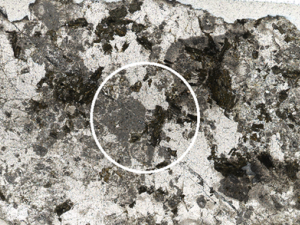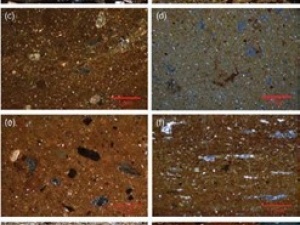Anatomy of Sand Beach Ridges: Evidence From Severe Tropical Cyclone Yasi and Its Predecessors, Northeast Queensland, Australia
Abstract
Four well-identified tropical cyclones over the past century have been responsible for depositing distinct units of predominantly quartzose sand and gravel to form the most seaward beach ridge at several locations along the wet tropical coast of northeast Queensland, Australia. These units deposited by tropical cyclones display a key sedimentary signature characterized by a sharp basal erosional contact, a coarser grain size than the underlying facies and a coarse-skewed trend toward the base. Coarse-skewed distributions with minimal change in mean grain size also characterize the upper levels of the high-energy deposited units at locations within the zone of maximum onshore winds during the tropical cyclone. These same coarse skew distributions are not apparent in sediments deposited at locations where predominantly offshore winds occurred during the cyclone, which in the case of northeast Australia is north of the eye-crossing location. These sedimentary signatures, along with the geochemical indicators and the degraded nature of the microfossil assemblages, have proven to be useful proxies to identify storm-deposited units within the study site and can also provide useful proxies in older beach ridges where advanced pedogenesis has obscured visual stratigraphic markers. As a consequence, more detailed long-term histories of storms and tropical cyclones can now be developed.
Full article:
Source: Preview Image: pio3/Shutterstock






